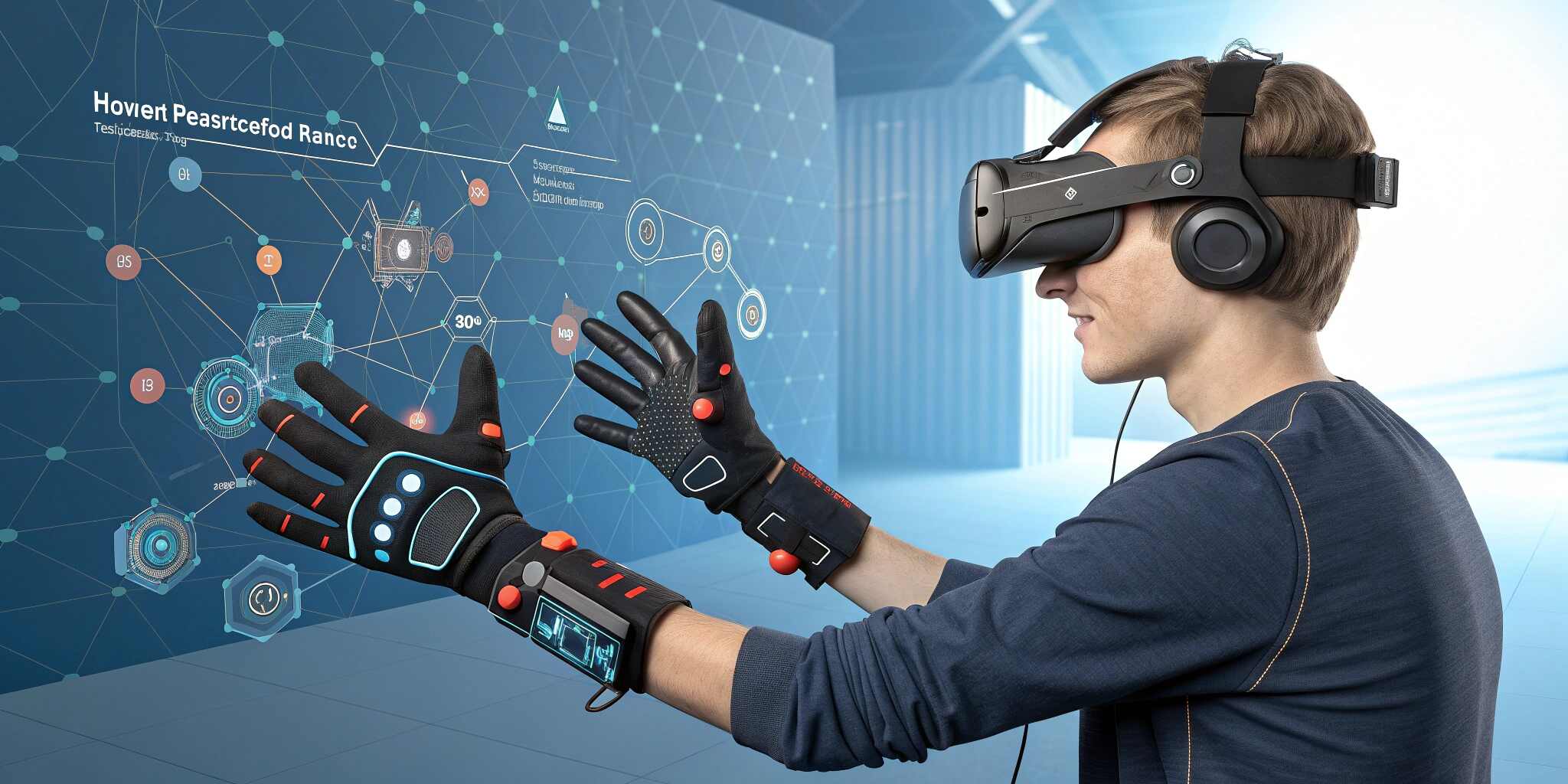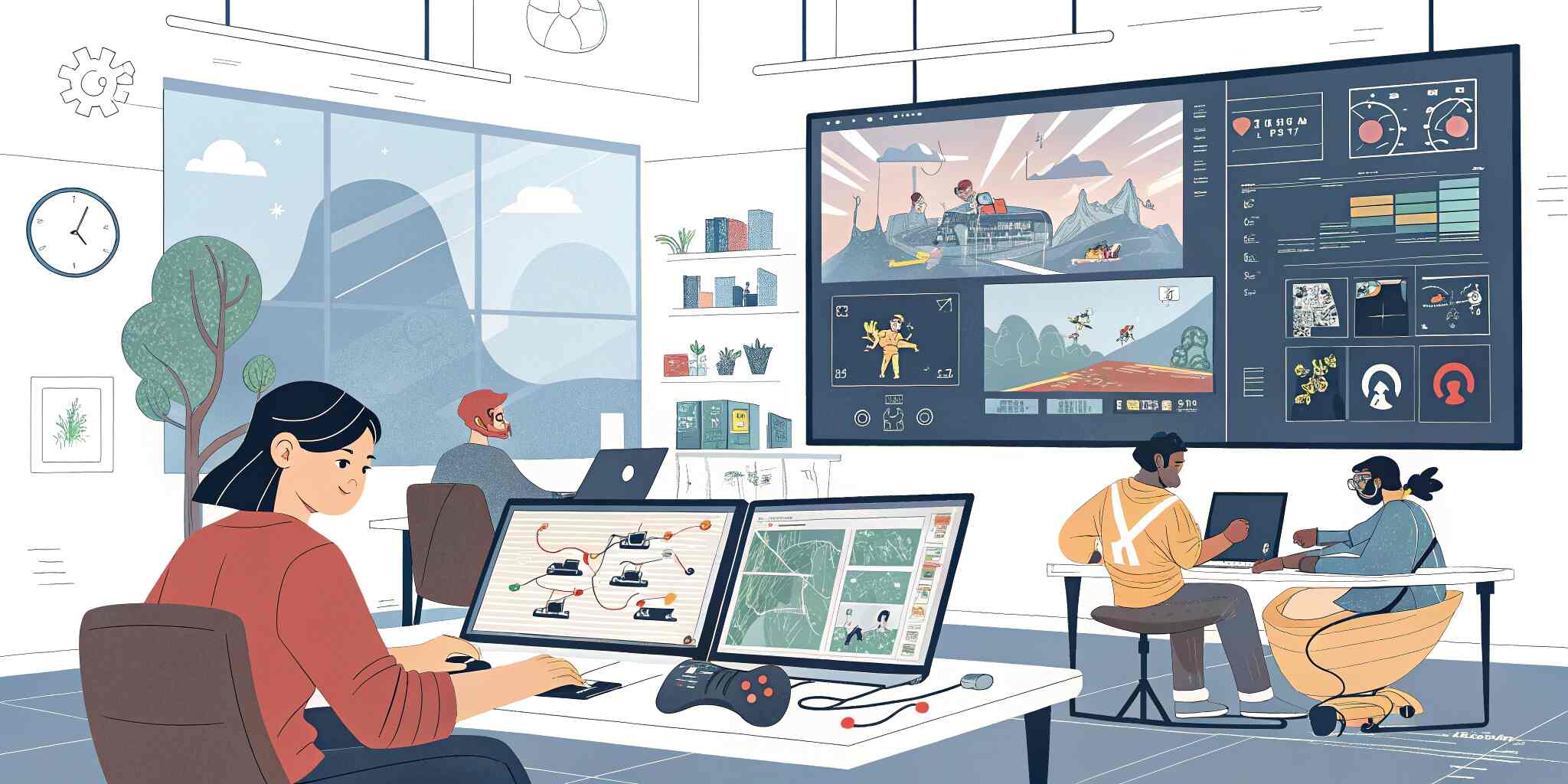Introduction: Feeling the Game World
In the evolution of gaming, one truth has become clear—sight and sound can only take immersion so far. To truly feel part of a digital world, players need to feel it physically. Haptic technology makes this possible, but designing haptic experiences requires more than technical skill—it demands an understanding of how the human body and brain perceive touch.
Touch is our oldest and most fundamental sense. It connects us to reality, triggers emotion, and influences behavior. In haptic game design, the challenge is not just to simulate physical sensations but to align them with the way players expect to feel them. That’s where the science of sensation comes in.
The Physiology of Touch and Perception
The human sense of touch, known as somatosensation, is a complex system involving skin receptors, muscles, joints, and the nervous system. Every texture, vibration, and temperature change sends electrical signals through sensory neurons to the brain, which interprets them as touch, pressure, or movement.
In games, haptic devices aim to replicate these physical cues. For instance, low-frequency vibrations can mimic heavy impacts, while high-frequency feedback simulates texture or friction. However, the brain doesn’t process touch in isolation—it combines tactile signals with visual and auditory input.
This is why, when a player feels the controller vibrate exactly as an explosion appears on screen, the illusion of realism strengthens. The brain fuses those sensory channels into a single cohesive experience—a phenomenon known as multisensory integration.
Perception, Expectation, and Realism
Human perception isn’t objective—it’s predictive. The brain constantly anticipates what it should feel based on context. If a visual cue shows a sword striking metal, the player expects a sharp, metallic feedback. If the tactile sensation doesn’t match that expectation, the illusion breaks.
Good haptic design therefore depends on psychological realism, not just physical accuracy. Developers must create sensations that feel right rather than replicate real physics exactly. A slightly exaggerated vibration might communicate impact more effectively than a perfectly measured one.
This interplay between realism and perception is key to immersion. It’s not about copying the real world—it’s about tricking the brain into believing the virtual one.
Emotional Resonance Through Touch
Touch is deeply emotional. Studies in neuroscience show that physical sensations trigger the limbic system—the part of the brain responsible for emotion and memory. This means that well-designed haptics can do more than simulate texture—they can evoke feelings.
In gaming, this emotional potential is powerful. A subtle pulse that mirrors a character’s heartbeat during a tense scene can create empathy and anxiety. A soft vibration when two characters hold hands can convey intimacy. In horror games, sudden tactile jolts amplify fear far more effectively than visuals alone.
By leveraging this emotional connection, developers can use haptic design as a storytelling tool, making players feel the narrative as much as they see or hear it.
The Limits of Human Sensation
While touch adds immersion, it has biological limits. The skin’s sensory receptors can only detect certain frequencies and durations before becoming desensitized. Overuse of intense vibrations can cause discomfort or even fatigue. Similarly, too many competing tactile cues can overwhelm the brain’s sensory processing.
Understanding these thresholds is crucial for sustainable haptic design. Developers must balance feedback intensity, duration, and rhythm to avoid overstimulation. In many cases, less is more. A brief, well-timed vibration can be more impactful than constant tactile noise.
This principle aligns with perceptual economy—the idea that small, strategic signals are more effective than continuous input because the brain fills in the gaps naturally.
Designing for Diverse Sensory Profiles
Not all players experience touch the same way. Some may have reduced sensitivity, while others—especially neurodiverse players—may be hypersensitive to vibration. This variation means developers must consider sensory diversity when designing haptic systems.
Customizable settings, adjustable feedback strength, and “comfort modes” allow players to tailor tactile experiences to their preferences. This approach ensures accessibility without sacrificing immersion.
Moreover, emerging AI systems can analyze player responses and adapt feedback in real time, creating personalized haptic experiences that respond to emotional and physical comfort levels.
The Future: Neuroadaptive Haptics and Brain-Linked Feedback
Looking forward, the boundary between human sensation and digital interaction will blur even further. Research in neurogaming explores how brain-computer interfaces (BCIs) and muscle sensors can create direct feedback loops between the player’s nervous system and the game.
Imagine a system where the game detects stress levels and adjusts vibration intensity to match emotional tension—or one that delivers realistic sensations directly to the skin via ultrasound or electrostimulation. These innovations will enable games that respond not just to player actions but to their physiological states.
However, as this frontier expands, ethical considerations around privacy, safety, and emotional manipulation will become central to design discussions.
Conclusion: Designing with the Human in Mind
At its core, haptic game design is about empathy—understanding how humans perceive and process the world. The best tactile systems don’t just replicate sensations; they resonate with the player’s expectations, emotions, and biology.
As VR, AR, and immersive platforms evolve, the future of haptics will depend on how well designers blend science and art—the measurable and the emotional—to create experiences that feel natural, personal, and deeply human.
In the end, the goal isn’t to fool the player’s senses but to connect with them.


